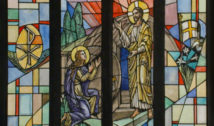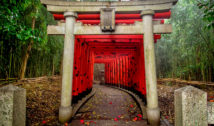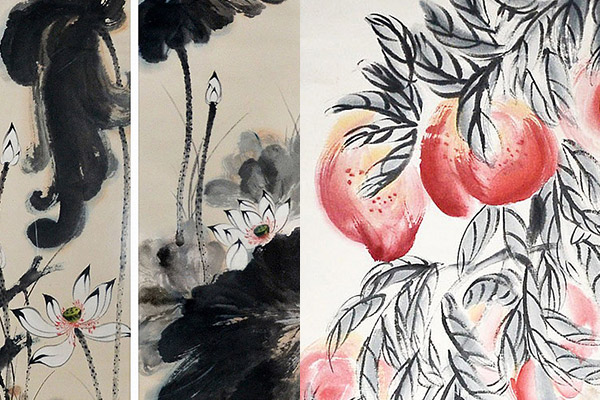
Valuable Chinese Religious Artworks to Be Auctioned At Invaluable.com
- By Alison Lesley --
- 10 Jun 2015 --

Rare pieces of art influenced by Buddhism, Hinduism, and Taoism will be auctioned off beginning Saturday.
In cooperation with Gianguan Auctions (Hong Kong Auctions), Invaluable.com will hold a Fine Chinese Arts Auction on June 13, 2015. Part of their Asian Art and Antiques collection, the auction will include hundreds of unique items ranging from small figures and jewelries which cost several hundred dollars up to the rare collection of art and historical pieces which are projected to be sold for hundreds of thousands and even more than a million dollars.
Some of the lots are worthy to note not only because of their value in arts or history but are also linked with culture and religion. Examples of these include the following:
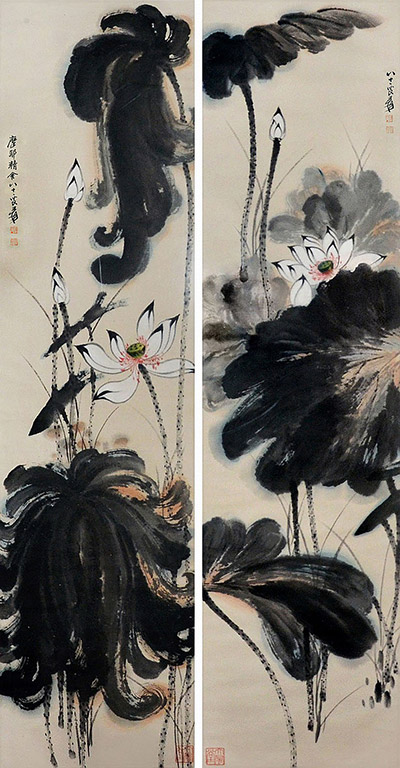
Lot 71: Zhang Daqian Lotus Painting
This lotus painting is part of Zhang Daqian’s artwork collection. Daqian is a renowned Chinese professional painter of the 20th century who became popular because of his fondness to elemental and natural subjects, particularly of lotus. He was also noted to be the only artist who can paint the lotus flower and plant in a largest possible scale. His fondness of the lotus emanates from his love of tradition and culture. The lotus plant plays a significant role for certain religions like Buddhism and Hinduism.
For Buddhists, the lotus flower which blooms and rises above the murky water symbolizes the achievement of enlightenment and purification. It’s also a sign of faithfulness and a sign of good luck. This is the reason why Buddha is often depicted to be sitting on a blooming lotus or a Bodhisattva holding a lotus flower. The 53×13 inch lotus artwork has a starting bid of $60,000 and is projected to be sold at around. $100,000 to $150,000.

Lot 125: Qi Baishi Longevity Peach Painting
The Longevity Peach painting is a work of Qi Baishi, another influential Chinese painter of the 20th century. He is known for his works that involved playful styles of watercolor painting. This painting that bears the seal of Qi Baishi features ripe plums or peaches hanging from the plant’s branches.
Fruits and plants are often the symbol of Chinese religions and tradition. Peaches for example are a symbol of immortality. And in China, they make a kind of pastry named “longevity peach” to represent the peaches of immortality. This 50.8×15.6 inch painting is expected to raise $80,000 to $150,000 with a starting bid of $48,000.
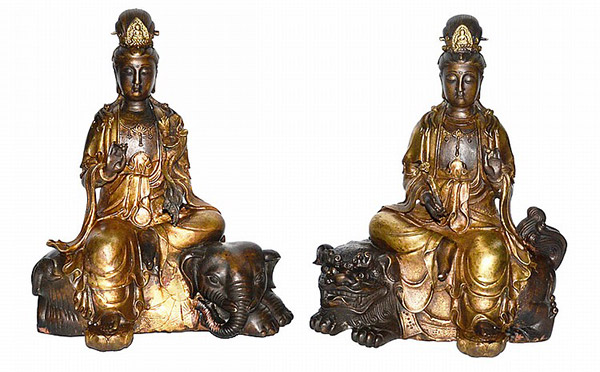
Lot 174: Ming, A Pair of Gilt Bronze Figures of Manjusri and Samantabhadra
Lot 174 is a pair of gilt bronze figures of Bodhisattvas Manjusri and Samantabhadra dating back to the Ming Dynasty. Together with Shakyamuni, Majusri and Samantabhadra form the “trinity” in Buddhism. In Buddhism, bodhisattvas are the enlightened beings carrying the task of enlightening all the others. Manjusri which means “gentle and glory” is a bodhisattva that represents wisdom. In his hands are a sword and sutra that symbolizes perfection of wisdom. He is often depicted riding a lion suggesting his noble and fearless character.
On the other hand, Samantabhadra or “universal worthy” is the bodhisattva that represents action to be able to achieve enlightenment. He represents patience, morality, diligence, charity, contemplation, including wisdom. He is depicted to ride on a six-tusked white elephant.
These artifacts are up for bidding starting from $12,000 and expected to raise between $20,000 to $40,000.
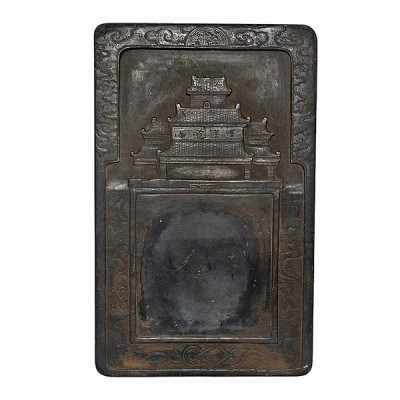
Lot 282: Northern Song, Emperor Huizong’s Heavenly Daoshan Duan Inkstone
Perhaps, the highlight of the auction is Emperor Huizong’s Heavenly Daoshan Inkstone from the Song Dynasty where the final price is expected to range from $850,000 to $1,500,000 with a minimum offer of $480,000. The deep-purplish-brown inkstone bears the carving “By Imperial Decree: Xuan He” in its base.
Huizong is considered to be the most popular emperor during the Song Dynasty. He has passion for the arts, backed the Reformist party during his time, and heavily pushed Taoism. He was responsible for building several Taoist temples, writing Taoist history in scriptures and registers, and the implementation of the Taoist learning system that still exist today.









